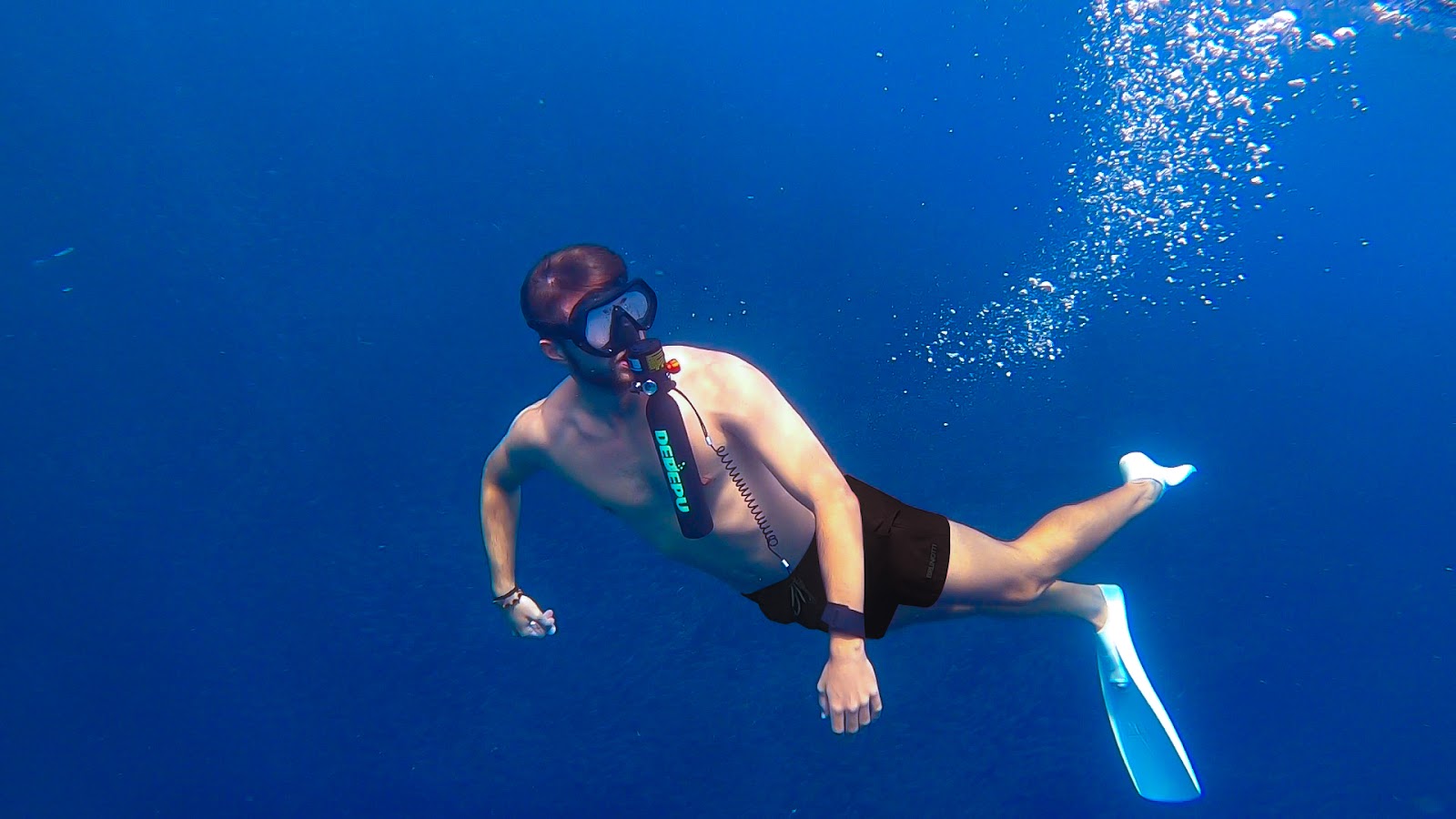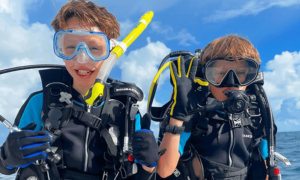The single most important rule of scuba diving is never hold your breath while ascending. This simple yet crucial rule prevents serious injuries or even death by avoiding dangerous lung over-expansion during your ascent. Keep reading to learn why this rule matters and how it protects you while diving.
The Most Crucial Rule for Safe Scuba Diving
Scuba diving is an exhilarating activity, but it’s essential to follow safety rules to avoid serious accidents. Among these rules, never hold your breath while ascending is the most important. This simple yet critical rule prevents life-threatening injuries, such as lung over-expansion. Let’s explore why this rule is so crucial and how it protects you during your dive.
Why Should You Never Hold Your Breath While Ascending?
When you ascend from a dive, the pressure around you decreases, which causes the air in your lungs to expand. If you hold your breath, the expanding air can rupture your lungs, leading to a potentially fatal condition called pulmonary barotrauma. To avoid this injury, always exhale continuously while ascending, ensuring the expanding air can escape and preventing over-expansion of your lungs.
The Science Behind the Rule: Pressure Changes Underwater
At greater depths, the pressure around you is higher. As you dive, your lungs compress to match the surrounding pressure. However, as you ascend, the pressure decreases, causing your lungs to expand. If you don’t exhale, the expanding air can damage your lungs. By breathing continuously, you allow the air in your lungs to adjust to the pressure change, ensuring no air becomes trapped inside scuba tank.
Related Reading: What Is in a Scuba Tank? A Complete Guide for Divers
How Scuba Equipment Prevents Lung Overexpansion
Modern scuba gear, like the regulator, ensures that you breathe air that matches the surrounding water pressure. This continuous flow of air makes it easier to maintain safe breathing and follow the “never hold your breath” rule. The regulator helps you breathe without worrying about pressure changes, ensuring your lungs stay safe while diving.
Other Key Safety Principles Every Diver Should Know
While the rule of never holding your breath is the most important, there are other essential safety practices every diver must follow. These rules can make your diving experience safer and more enjoyable, especially for beginners.
Always Dive With a Buddy
Diving with a buddy is crucial for safety. Diving alone is risky, and in case of an emergency, your buddy can assist you. Whether it’s equipment failure or disorientation, having a buddy ensures you’ll get help if needed, making your dive safer.
Monitor Depth and Time Limits
Be mindful of your depth and dive time limits. Exceeding these limits can lead to decompression sickness (the bends), which occurs when nitrogen bubbles form in the bloodstream due to rapid ascent. Stay within your certification level’s depth limits and take safety stops during your ascent to avoid complications.
Regularly Equalize Your Ears
Pressure changes during descent and ascent can affect your ears. To avoid discomfort or injury, make sure to equalize your ears by pinching your nose and gently exhaling. This simple action helps protect your eardrums and keeps you comfortable during the dive.
Understanding the Risks: What Can Happen if You Don’t Follow the Rule?
Ignoring the rule of not holding your breath can lead to severe consequences. Understanding these risks will motivate you to always follow this critical guideline for your safety.
Pulmonary Barotrauma: A Life-Threatening Injury
Pulmonary barotrauma occurs when the air inside your lungs expands too quickly while ascending. This can lead to lung rupture, internal bleeding, and even death. Immediate medical attention is necessary if this occurs.
Decompression Sickness: Another Risk of Poor Ascent
Improper ascension increases the risk of decompression sickness, where nitrogen bubbles form in your bloodstream. This can cause joint pain, dizziness, and, in extreme cases, paralysis or death. Ascending slowly while exhaling reduces this risk.
Related Reading: What is the 1 3 rule in scuba diving?
How to Ensure Safe Ascension and Breathing Practices
Maintaining safe ascension and proper breathing are crucial to preventing injury and ensuring a safe dive. Here are tips to help:
Practice Controlled Breathing Techniques
One of the best ways to maintain safe breathing is by practicing controlled, slow, and deep breaths. This helps you stay calm under pressure and ensures you don’t accidentally hold your breath while ascending. Mastering this technique reduces the risk of injury and enhances your diving experience.
Know the Importance of Slow and Steady Ascent
A slow and steady ascent is essential to diving safely. Aim to ascend no faster than 30 feet per minute. A gradual ascent allows your body to adjust to the pressure changes and ensures the safe release of air from your lungs, reducing the risk of decompression sickness.
Conclusion
The single most important rule of scuba diving is to never hold your breath while ascending. This rule prevents serious injuries, such as lung rupture, caused by expanding air. By continuously exhaling during your ascent, you help protect your lungs from over-expansion and avoid life-threatening complications. Adhering to this rule, along with other key safety practices, ensures a safe and enjoyable diving experience.



































